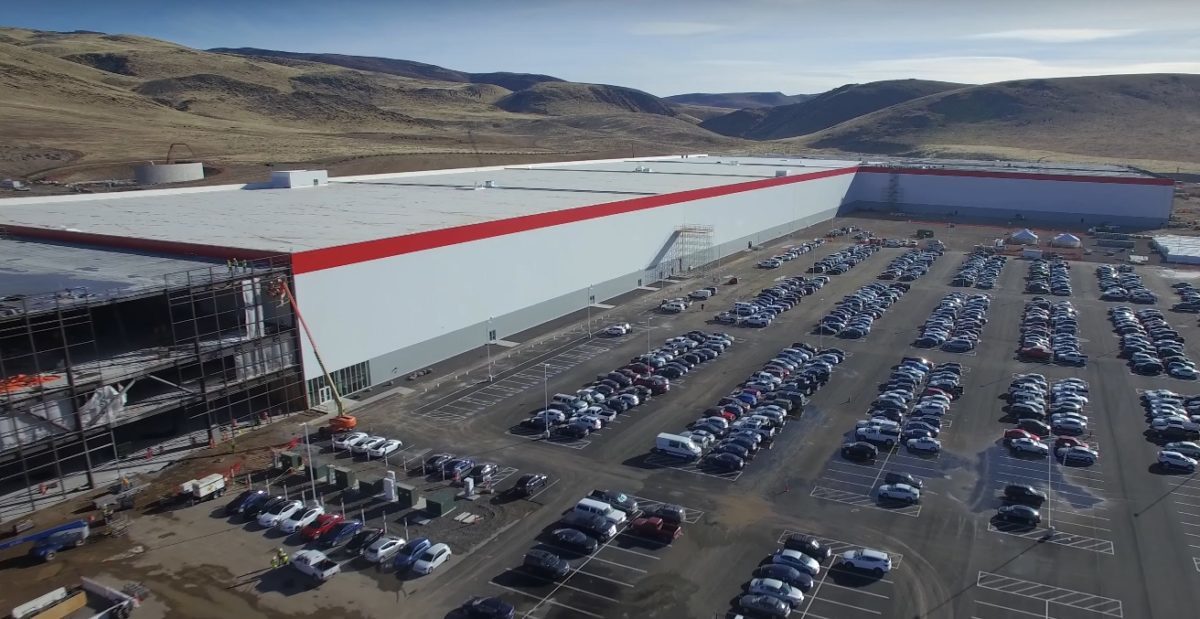Tesla has had a lot of big headlines over its success with its EV business. During Q3 the company turned its first quarterly profit in, well, as long as we’ve been covering the company, and maintained profitability during Q4 on the back of the successful scaling of its Model 3 production.
The company’s success with energy storage is less talked about. Tesla continues to scale its energy storage deployments, but on the solar side the company has clearly ceded SolarCity’s former market leadership to competitors.
During Q4 both of those trends were clear. The company deployed 255 megawatt-hours of energy storage to reach a total of 1,040 megawatt-hours for the full year, including deploying the world’s largest lithium-ion battery in Australia. This is a nearly 3x growth over 2017 levels.
 Tesla observed operational success as well, and says that it cut its sales-to-installation time on energy storage systems in half in 2018. And while it is far less than the “mad growth” of 300-400% that Musk predicted for 2019 in August, Tesla still expects to double its 2019 energy storage deployments.
Tesla observed operational success as well, and says that it cut its sales-to-installation time on energy storage systems in half in 2018. And while it is far less than the “mad growth” of 300-400% that Musk predicted for 2019 in August, Tesla still expects to double its 2019 energy storage deployments.
This includes bigger and bigger batteries. Following on the Hornsdale deployment in South Australia, Tesla says that it has received “multiple requests” to build even more massive batteries.
Solar Roof deployment “slow”
But while the battery business grows, solar continues to contract. Tesla reported only 73 MW of retrofit PV systems in Q4, a 21% decrease sequentially. The shareholder letter specifically used the word “retrofit”, and did not state how many of its Solar Roofs it had deployed.
Despite a lot of hype in the rollout, Tesla has been very hard to pin down on what is actually happening with Solar Roof production and deployment. The promises of the future are still there, with Tesla stating that it plans to ramp production of the product with “significantly improved manufacturing capabilities during 2019, based on the design iterations and testing underway”, but notes that installation at present are “slow”.
Overall Tesla solar deployments fell 38% in 2018, and it has been clear for some time that Sunrun has replaced Tesla as largest residential solar company in the nation. And with all of Tesla’s other priorities, it is clear that solar is taking a back seat. Tesla notes that it is continuing to transition its sales channels from former partners to its Tesla stores and training its sales teams to sell solar as well as vehicles – an admission that solar is now a side dish to the main business.
But as Tesla’s solar involvement slumps, the company is breaking new ground as the first foreign company to be allowed to open its own factory in China, which should be pumping out EVs by the end of the year. If Tesla isn’t prioritizing solar sales, it is because the company is transforming the global energy picture.
This content is protected by copyright and may not be reused. If you want to cooperate with us and would like to reuse some of our content, please contact: editors@pv-magazine.com.



By submitting this form you agree to pv magazine using your data for the purposes of publishing your comment.
Your personal data will only be disclosed or otherwise transmitted to third parties for the purposes of spam filtering or if this is necessary for technical maintenance of the website. Any other transfer to third parties will not take place unless this is justified on the basis of applicable data protection regulations or if pv magazine is legally obliged to do so.
You may revoke this consent at any time with effect for the future, in which case your personal data will be deleted immediately. Otherwise, your data will be deleted if pv magazine has processed your request or the purpose of data storage is fulfilled.
Further information on data privacy can be found in our Data Protection Policy.